
Hey beauty buffs and skincare newbies alike! Ever felt like you’re navigating a maze when it comes to skin care acids? Well, you’re not alone. We’re peeling back the layers (pun intended!) of the acid world right here. This chatty guide is all about getting friendly with those zingy little molecules that pack a punch in your skincare lineup.
From AHA to BHA and everything in between, we’re breaking down what’s what, why your skin loves them, and how to use them without playing chemist. So, grab your favorite mug, get comfy, and let’s decode the buzz about acids so you can glow like the superstar you are!
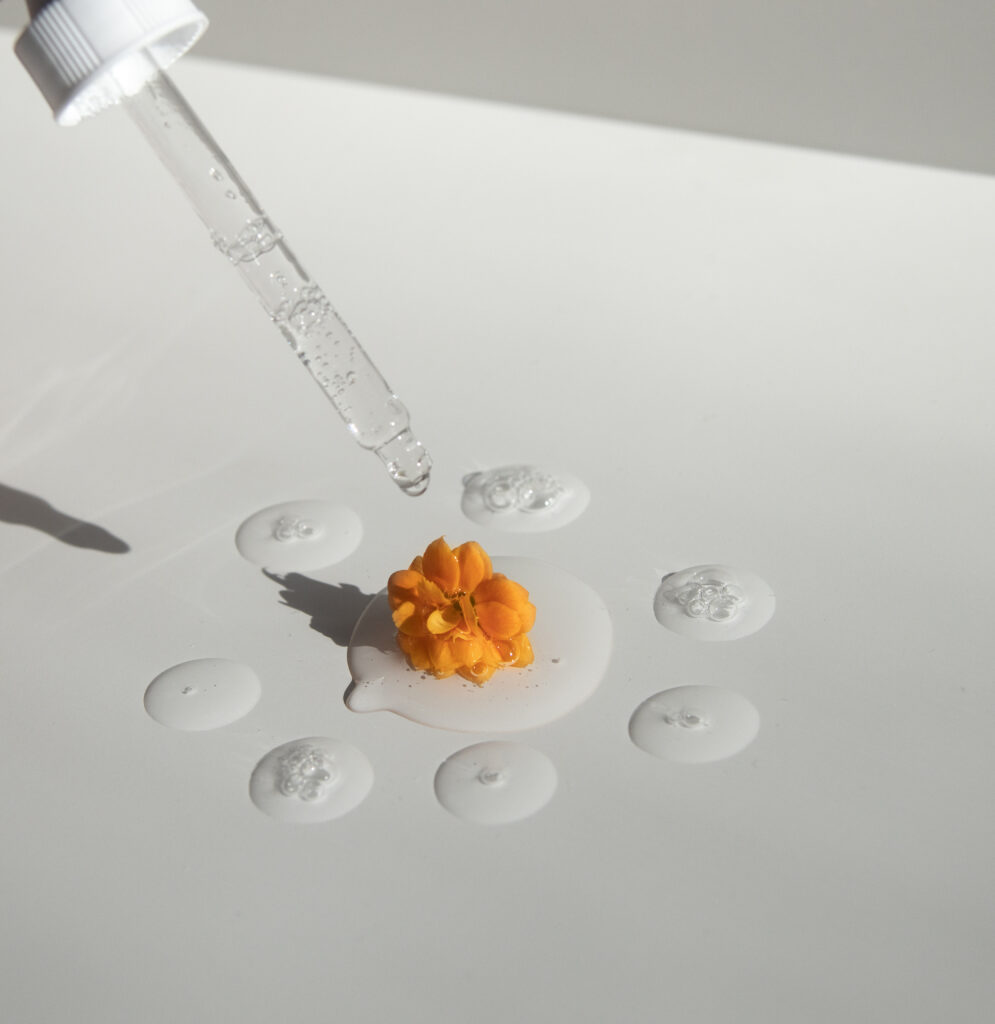
Understanding Skin Care Acids
Skin care acids are an essential component of any effective skin care routine. These acids, when used properly, can provide a wide range of benefits, from improving skin texture and minimizing acne to brightening and hydrating the skin. However, it is important to understand what skin care acids are and how they work before incorporating them into your routine.
What are Skin Care Acids?
Skin care acids are chemical compounds that are used in various skin care products to target specific skin concerns. These acids work by loosening the bonds between dead skin cells, helping to exfoliate the skin and promote cell turnover. This in turn can lead to improved skin texture, reduced acne and pores, and a more radiant complexion.

Different Types of Skin Care Acids
There are numerous types of skin care acids available, each with its own unique properties and benefits. Some of the most commonly used skin care acids include glycolic acid, salicylic acid, hyaluronic acid, lactic acid, vitamin C, retinol, azelaic acid, mandelic acid, kojic acid, and ferulic acid.
Benefits of Incorporating Acids into Your Skin Care Routine
Incorporating skin care acids into your routine can offer a multitude of benefits for your skin. These include exfoliation, brightening, treating acne, unclogging pores, hydration, plumping, gentle exfoliation, anti-aging effects, collagen production, combating hyperpigmentation, treating melasma and dark spots, skin lightening, restoring skin elasticity, and antioxidant protection.

Choosing the Right Skin Care Acid for Your Skin Type
Before selecting a skin care acid to incorporate into your routine, it is important to identify your skin type. This will help you determine the most suitable acid that will address your specific skin concerns without causing any adverse reactions. The common skin types include normal, oily, dry, combination, and sensitive.
Identifying Your Skin Type
To identify your skin type, observe your skin’s characteristics throughout the day and take note of any changes. Normal skin typically has a balanced complexion and is neither too oily nor too dry. Oily skin is characterized by excess sebum production and may appear shiny and prone to breakouts. Dry skin tends to lack moisture and can feel tight and rough. Combination skin exhibits characteristics of both oily and dry skin, with oiliness typically occurring in the t-zone. Sensitive skin is easily irritated and may experience redness or stinging.

Matching Acids to Your Skin Type
Once you have identified your skin type, it is important to choose a skin care acid that is compatible with your specific needs. For oily and acne-prone skin, salicylic acid is highly effective in unclogging pores and reducing acne. Dry skin can benefit from hyaluronic acid, which provides deep hydration and plumping effects. Glycolic acid is suitable for normal or aging skin as it helps exfoliate and brighten the complexion. Lactic acid is a gentler option for those with sensitive skin, providing similar exfoliating and brightening benefits. Vitamin C is a versatile acid that is suitable for most skin types and offers antioxidant protection and brightening effects.
Considering Sensitivity and Allergies
When incorporating skin care acids into your routine, it is crucial to consider any known sensitivities or allergies you may have. Some individuals may be more prone to adverse reactions such as redness, irritation, or stinging when using certain acids. If you have sensitive skin or a history of allergies, it is recommended to perform a patch test before applying acids to your entire face. Apply a small amount of the product to a discreet area, such as the inside of your forearm, and monitor for any negative reactions over 24 hours. If no adverse effects occur, you can proceed with incorporating the acid into your routine. However, if you experience any discomfort or irritation, it is best to avoid using that particular acid.
Common Skin Care Acids and Their Benefits
Understanding the different types of skin care acids and their specific benefits can help you choose the most appropriate one for your skin concerns. Here are some of the most common skin care acids and their key benefits:
Glycolic Acid: Exfoliation and Brightening
Glycolic acid is a type of alpha-hydroxy acid (AHA) that is derived from sugar cane. It is known for its ability to exfoliate the skin, removing dead skin cells and improving skin texture. Additionally, glycolic acid helps to brighten the complexion and reduce the appearance of fine lines and wrinkles.
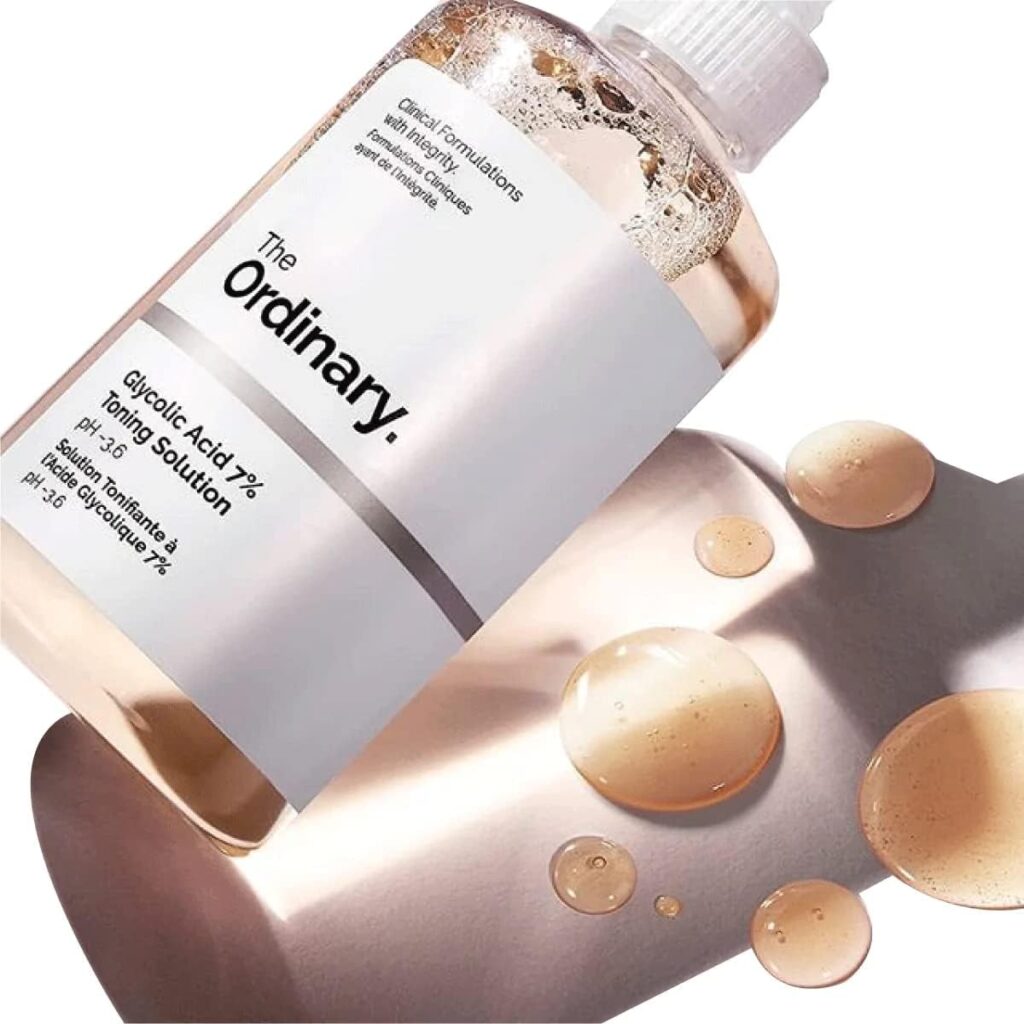
Salicylic Acid: Treating Acne and Unclogging Pores
Salicylic acid is a beta-hydroxy acid (BHA) that is oil-soluble. Due to its unique properties, salicylic acid is highly effective in treating acne and unclogging pores by penetrating deeply into the skin. It helps to dissolve excess oil, exfoliate dead skin cells, and reduce inflammation.
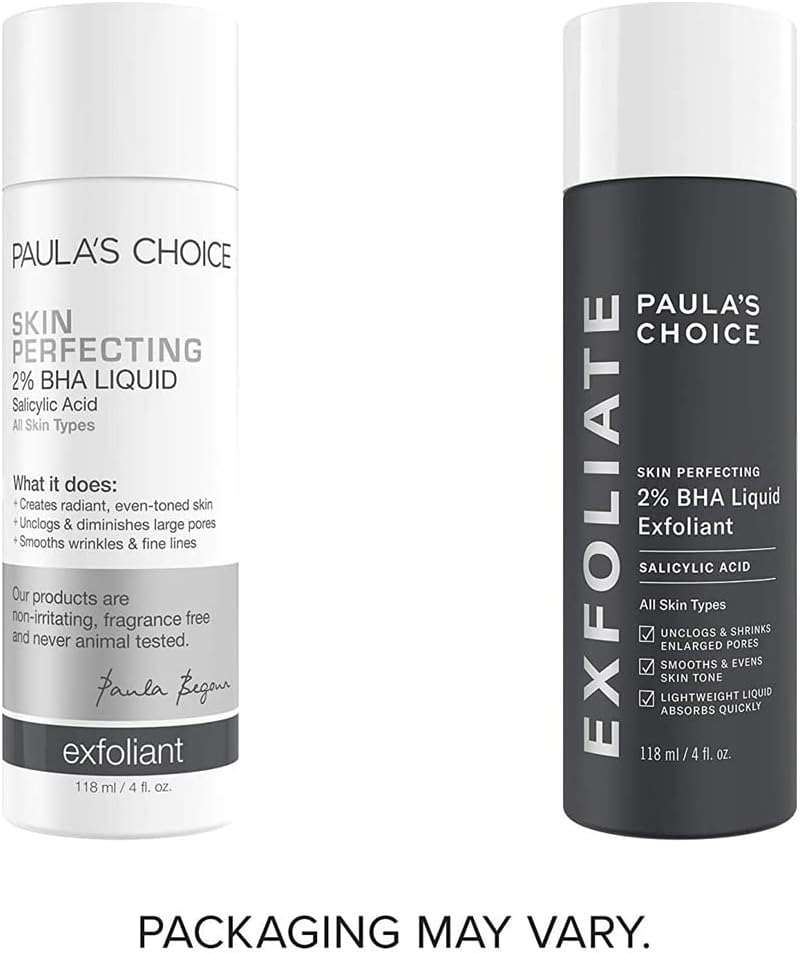
Hyaluronic Acid: Hydration and Plumping
Hyaluronic acid is a hydrating acid that is naturally present in the skin. It has the ability to attract and retain moisture, providing deep hydration and plumping effects. Hyaluronic acid can help improve the appearance of fine lines and wrinkles by enhancing the skin’s moisture levels.
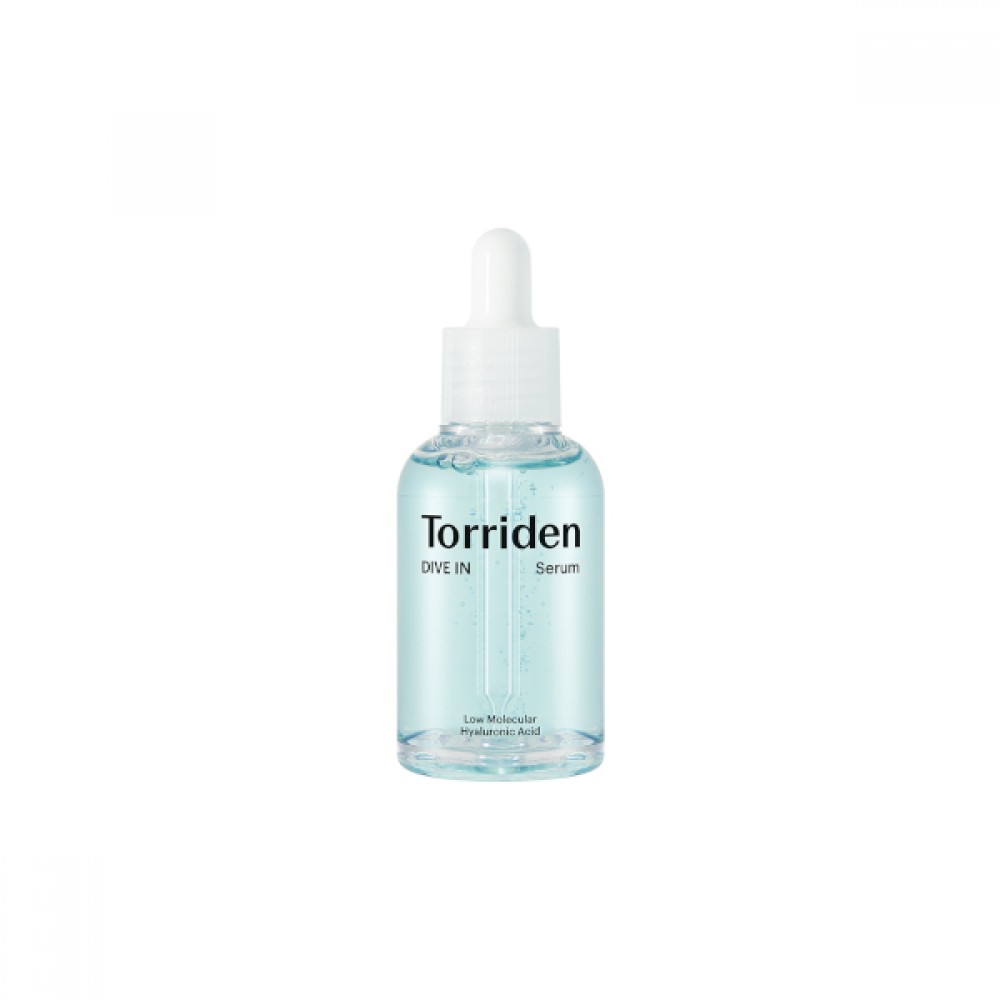
Lactic Acid: Gentle Exfoliation and Brightening
Lactic acid is another type of AHA that is derived from milk. It offers gentle exfoliation and brightening effects, making it suitable for sensitive skin types. Lactic acid helps to remove dead skin cells, promote cell turnover, and improve skin texture and tone.

Vitamin C: Antioxidant and Brightening
Vitamin C is a potent antioxidant that helps protect the skin from environmental damage caused by free radicals. It also aids in brightening the complexion by reducing the appearance of dark spots and promoting a more even skin tone.

Retinol: Anti-Aging and Collagen Production
Retinol, a form of vitamin A, is a powerful ingredient that promotes collagen production and cell turnover. It is well-known for its anti-aging properties, helping to reduce the appearance of wrinkles, fine lines, and sun damage.
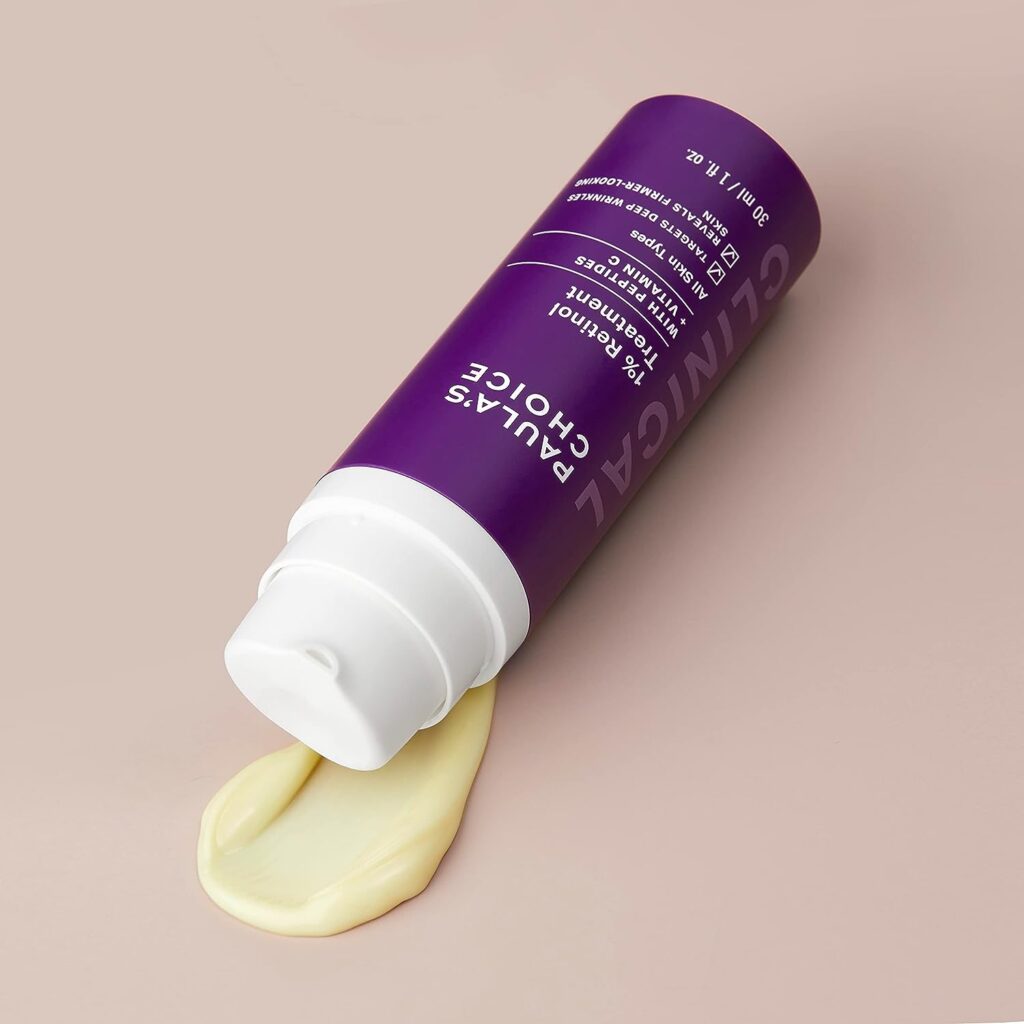
Azelaic Acid: Combating Hyperpigmentation
Azelaic acid is beneficial for addressing hyperpigmentation and uneven skin tone. It helps to reduce the production of melanin, the pigment responsible for dark spots and discoloration.
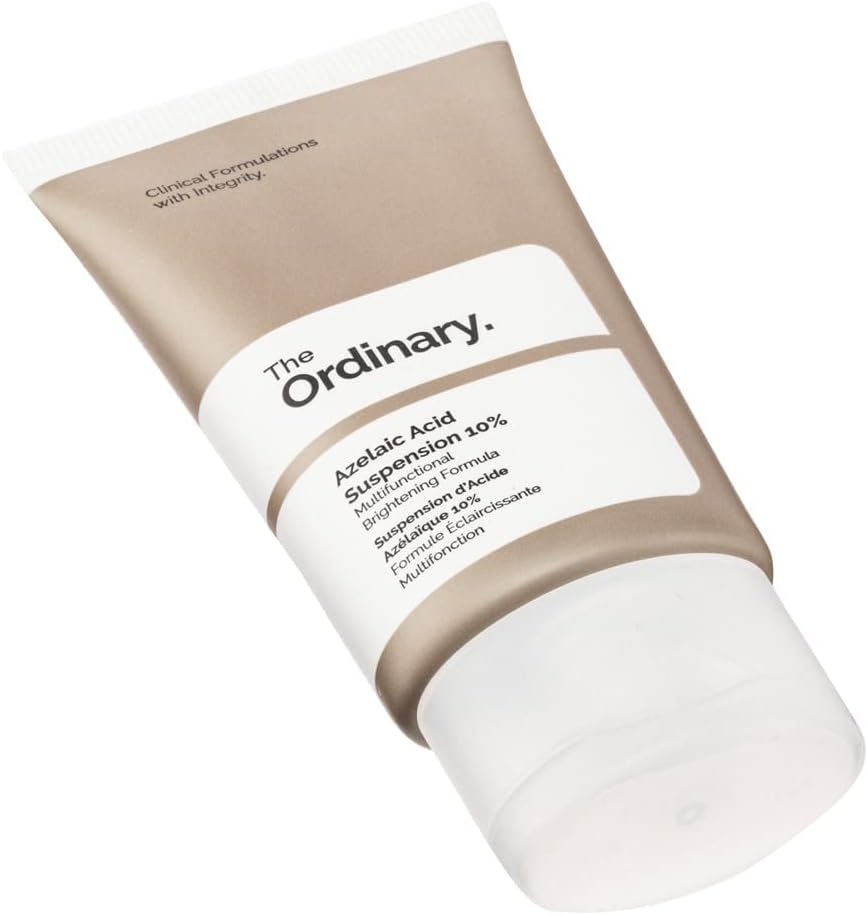
Mandelic Acid: Treating Melasma and Dark Spots
Mandelic acid, a gentle AHA, is effective in treating melasma and hyperpigmentation. It offers exfoliating and brightening benefits without causing excessive irritation, making it suitable for sensitive skin types.

Kojic Acid: Skin Lightening and Brightening
Kojic acid is a natural skin lightener that helps reduce the production of melanin, leading to a brighter and more even skin tone.
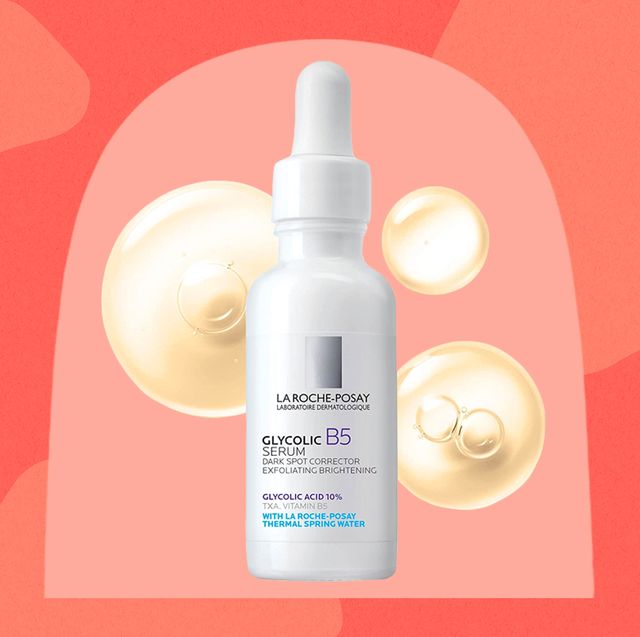
Ferulic Acid: Antioxidant Protection
Ferulic acid is a powerful antioxidant that helps protect the skin against free radicals and environmental damage. It is commonly found in combination with vitamin C and vitamin E to enhance their effectiveness.
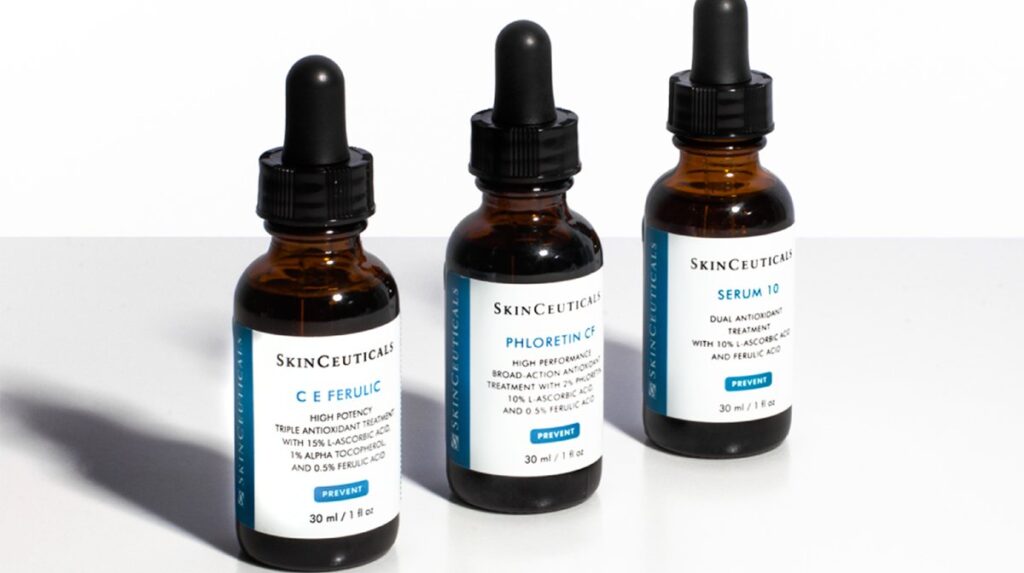
How to Incorporate Acids into Your Skin Care Routine
In order to incorporate skin care acids into your routine effectively, it is important to follow these steps:
Patch Testing for Sensitivity
Before applying any new acid-based product to your face, it is crucial to perform a patch test. Apply a small amount of the product to a discreet area of your skin, such as the inside of your forearm, and wait for 24 hours to see if any negative reactions occur. If no adverse effects are observed, it is safe to proceed with using the product on your face.
Starting Slowly with Low Concentrations
When introducing acids into your routine, it is important to start slowly and gradually increase the frequency and concentration. Begin with products that have lower acid concentrations to allow your skin to acclimate. Once your skin has adjusted, you can gradually increase the frequency or concentration if desired.
Using Acid-Based Cleansers and Toners
Incorporating acid-based cleansers or toners into your routine is a great way to introduce acids. These products are typically formulated with lower concentrations of acids, making them suitable for daily use. Cleansers and toners help to remove impurities from the skin while providing the desired acid benefits.
Integrating Acids in Serums and Treatments
Serums and treatments are typically more potent and concentrated, making them ideal for addressing specific skin concerns. Once your skin has acclimated to lower concentrations of acids, you can incorporate acid-based serums or treatments into your routine. These products deliver a higher concentration of acids to target specific concerns, such as fine lines, acne, or hyperpigmentation.
Following Up with Moisturizers and Sunscreen
After applying acid-based products, it is essential to follow up with a moisturizer to replenish moisture and maintain the skin’s barrier function. Additionally, sunscreen should be applied daily to protect the skin from harmful UV rays, as some acids can increase sun sensitivity.

Potential Side Effects and Precautions
While skin care acids can offer numerous benefits, it is important to be aware of potential side effects and take necessary precautions:
Possible Irritation and Sensitivity
Some individuals may experience skin irritation, redness, or stinging when using certain acids. This is more common in individuals with sensitive skin or those who are new to using acids. If you experience any discomfort or irritation, discontinue use and consult a dermatologist.
Sun Sensitivity and Increased Risk of UV Damage
Certain acids, such as AHAs and Retinol, can increase sun sensitivity. This means that your skin may be more prone to sunburn and damage. It is crucial to apply sunscreen with a high SPF daily, and take additional precautions such as wearing protective clothing and seeking shade during peak sun hours.

Avoiding Acid Layering and Overuse
Layering multiple acid-based products or using excessive amounts can lead to skin irritation and overexfoliation. It is important to follow the instructions provided with each product and avoid combining acids that may react negatively together. Overuse of acids can compromise the skin’s natural barrier and lead to dryness and sensitivity.
Consulting a Dermatologist or Skin Care Professional
If you are unsure about which acids to use or if you have a specific skin concern, it is advisable to consult a dermatologist or skin care professional. They can provide personalized recommendations based on your skin type and concerns, as well as offer guidance on how to incorporate acids into your routine safely and effectively.
Combining Acids with Other Skin Care Ingredients
When incorporating skin care acids into your routine, it is important to consider the compatibility of other ingredients. Here are some guidelines to follow:
Avoiding Incompatible Ingredients
Certain ingredients, such as retinol and benzoyl peroxide, may not be compatible with certain acids. It is important to avoid layering these ingredients to prevent potential adverse reactions. Additionally, some acids may not be well-tolerated when used with other exfoliating agents, such as scrubs or brushes.
Using Acids with Hyaluronic Acid and Niacinamide
Hyaluronic acid and niacinamide are two ingredients that can be safely combined with most skin care acids. Hyaluronic acid provides hydration and plumping effects, while niacinamide helps regulate sebum production and brighten the complexion. These ingredients can complement the benefits of skin care acids and enhance their effectiveness.
Pairing Acids with Moisturizers and Oils
After applying skin care acids, it is important to replenish moisture and maintain the skin’s barrier. Using a moisturizer or facial oil can help lock in hydration and prevent dryness. Look for products that are non-comedogenic and suitable for your skin type to avoid clogging pores.
How Long to See Results
The time it takes to see results from using skin care acids can vary depending on the acid being used and individual skin type and concerns. In general, it can take anywhere from a few weeks to a couple of months to notice significant improvements. Patience and consistency are key when incorporating acids into your routine.
Monitoring and Adjusting Your Routine
As you introduce acids into your routine, it is important to monitor the effects on your skin and adjust your routine as needed. If you notice any adverse reactions, such as increased dryness or irritation, it may be necessary to decrease the frequency or concentration of acids or switch to a different acid that is better suited for your skin. Similarly, if you are not seeing the desired results, you may need to increase the frequency or concentration of acids over time.

The Role of pH in Acid Effectiveness
The effectiveness of skin care acids is closely linked to the pH levels of the products. pH is a measurement of the acidity or alkalinity of a substance and can influence the activity and penetration of acids. It is important to understand the optimal pH levels for different acids to ensure maximum benefits.
Understanding pH Levels
pH levels range from 0 to 14, with 7 being neutral. Skin has a natural pH level of around 5.5, which is slightly acidic. Acids with a lower pH, closer to 0-3, are more potent and exfoliating, while those with a higher pH, closer to 5-7, are milder and better suited for sensitive skin.
Optimal pH levels for Different Acids
The optimal pH levels for different acids vary depending on the specific acid and its desired effects. For example, glycolic acid, lactic acid, and salicylic acid have an optimal pH of around 3-4 for effective exfoliation. On the other hand, hyaluronic acid works best at a slightly higher pH of around 5-7 for optimum hydration.
Importance of pH in Acid Formulations
When choosing acid-based products, it is important to consider the pH levels of the formulations. Products with the correct pH levels ensure that acids are active and effective. The pH of a product can be found on the packaging or by contacting the manufacturer. Using products with the correct pH levels for the desired acid benefits is crucial for achieving optimum results.
DIY Acid Treatments vs. Professional Treatments
When it comes to skin care acids, there are DIY treatments that can be done at home as well as professional treatments that are performed in a clinical setting. Each option has its own pros and cons.
Pros and Cons of DIY Acid Treatments
DIY acid treatments offer convenience and affordability, allowing you to address specific skin concerns in the comfort of your own home. However, there are some risks associated with DIY treatments, such as improper application and incorrect ingredient combinations. Without proper knowledge and guidance, there is a higher risk of adverse reactions and damage to the skin.
Benefiting from Professional Acid Treatments
Professional acid treatments, such as chemical peels or laser resurfacing, are performed by trained skincare professionals in a controlled environment. These treatments offer a more targeted and intense approach to addressing skin concerns, with the added benefit of professional guidance and expertise. Professional treatments can deliver more dramatic results but may also involve a longer recovery time and higher cost.
Considering Budget and Safety
When deciding between DIY and professional acid treatments, it is important to consider your budget, time constraints, and the severity of your skin concerns. If you have minor concerns and are on a tight budget, DIY treatments may be a suitable option. However, for more significant skin issues or if you prefer the guidance and expertise of a professional, it is advisable to opt for professional treatments.
Conclusion
Incorporating skin care acids into your routine can offer a multitude of benefits for your skin, from exfoliation and brightening to treating acne and combating hyperpigmentation. By understanding your skin type, selecting the right acids, and following proper usage guidelines, you can personalize your skin care routine and achieve healthy, glowing skin.
Remember to be mindful of potential side effects, consult a professional if needed, and be patient and consistent with your routine. With the right combination of skin care acids and diligent care, you can transform your skin and achieve the complexion you desire.
Sensitive Skin: Gentle Skincare Regimes Curated By Stylish.ae(Opens in a new browser tab)
Soothing Sensitivity: Gentle Skincare Essentials On Stylish.ae(Opens in a new browser tab)




